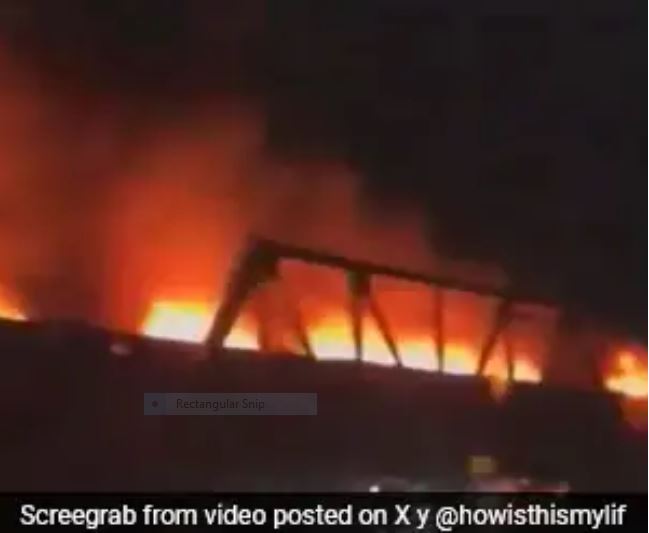
Assessing the Military Balance Between Israel and Hamas: A Closer Look at Their Allies and Arsenal.

In the ongoing conflict between Israel and Hamas, the military balance between these two adversaries is a critical factor.
Israel, boasting one of the world’s most well-resourced militaries, receives substantial support from the United States.
Meanwhile, Hamas, the Palestinian militant group, presents a formidable challenge with its highly-trained armed forces and influential regional allies.
As tensions rise and both sides prepare for a potential ground offensive, here’s an overview of their respective military resources.
Israel’s Military Assets
The Israel Defense Forces (IDF): Comprising 169,500 personnel, of which 126,000 serve in the army, the IDF is a formidable military force.
Additionally, it maintains a reserve of 400,000 personnel, with 360,000 having been mobilized in response to the recent Hamas attack.
Advanced Technological Defenses: Israel boasts some of the most advanced defense systems globally, including the renowned “Iron Dome” anti-missile system.
Formidable Arsenal: The IDF is equipped with an array of military assets, including approximately 1,300 tanks and armored vehicles, 345 fighter jets, and a vast inventory of artillery, drones, and state-of-the-art submarines. While Israel is not officially recognized as a nuclear-armed state, its nuclear weapons stockpile, estimated at 90 warheads, remains an open secret.
US Support: The United States provides substantial military aid to Israel, amounting to $3.8 billion annually through a 10-year agreement extending until 2028. The US has augmented its support by delivering additional munitions and deploying two aircraft carriers in the eastern Mediterranean.
Hamas’s Military Capabilities
Hamas Armed Forces: Hamas operates under the name Al-Qassam Brigades and comprises an estimated 15,000 troops, though Arabic media reports suggest a figure as high as 40,000.
Diverse Arsenal: The group has acquired heavy weaponry from various sources in the Middle East, particularly Iran, Syria, and Libya.
Furthermore, it has procured handguns, assault rifles, and other arms from multiple regions. In addition, Hamas possesses locally manufactured improvised explosives, drones, mines, anti-tank guided missiles, grenade launchers, and mortar shells.
While specific quantities are not publicly available, they are believed to have enough to endure a prolonged conflict.
Rudimentary Rockets: The majority of Hamas’s rockets are domestically produced and technologically rudimentary.
Hezbollah’s Role
Hezbollah: This Iran-backed militant group is based in Lebanon and has been involved in skirmishes along the Israeli-Lebanese border.
In 2021, Hezbollah claimed to have 100,000 fighters, but the Institute for National Security Studies (INSS) estimates the figure to be half of that.
Independent expert Eva Koulouriotis approximates that Hezbollah has 20,000 highly trained fighters and a reserve force of around 50,000, who undergo three months of training in Lebanon and three months in Iran.
Armaments: Hezbollah possesses an arsenal of 150,000 to 200,000 rockets and missiles, including “hundreds” of precision rockets. They have demonstrated cross-border raids into Israel using weapons systems from Iran, Syria, Russia, and China.
Iran’s Support
Iran’s Ideological Commitment: Since the 1979 Islamic revolution, Iran has been steadfast in its support for the Palestinian cause. Foreign Minister Hossein Amir-Abdollahian recently issued a warning against Israeli soldiers entering Gaza, raising concerns about the escalation of conflicts in the region.
Iran’s Stance on Hezbollah: Raz Zimmt, an expert from INSS, noted that Iran is currently not interested in an all-out war involving Hezbollah. However, he stated that Iran’s position could change if there is an Israeli ground invasion, particularly if it jeopardizes Hamas’s survival or its control over the Gaza Strip.
As the situation unfolds, the military dynamics and alliances between Israel, Hamas, and their regional counterparts will continue to play a pivotal role in the ongoing conflict.
Culled | Agence France-Presse






Leave a Reply